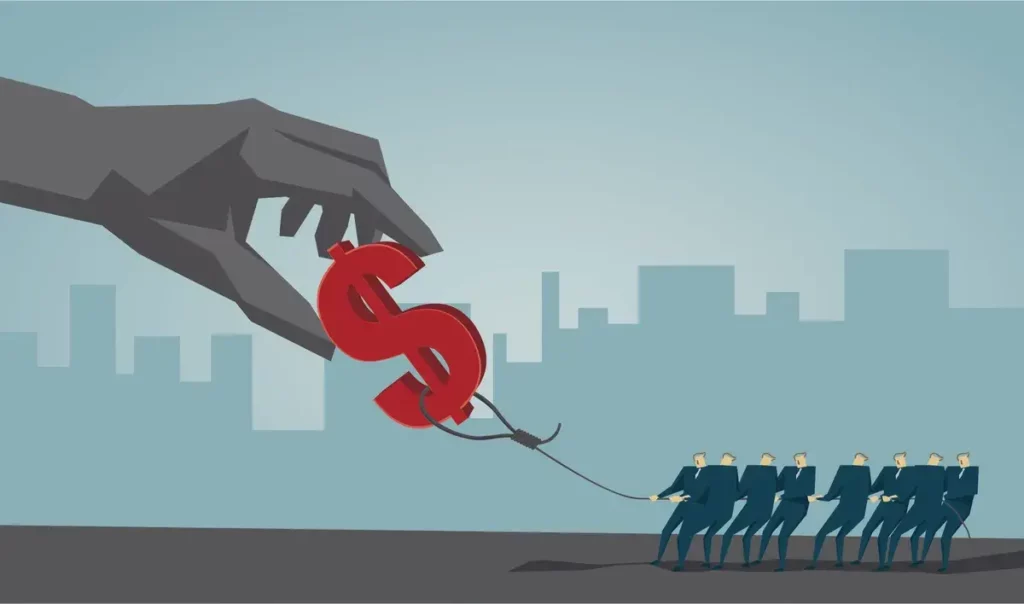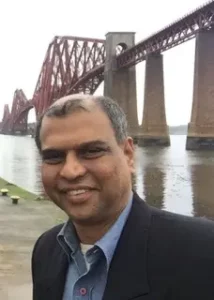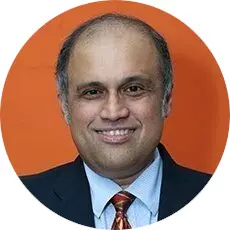
An Oxfam report found that the world has 2,153 billionaires, who have more wealth together ($10.2 trillion) than that of 4.6 billion other people combined, or in other words – 2,153 billionaires are wealthier than 60% of the Earth’s entire population. And this gap is only increasing – during the first 6 months of the COVID-19 pandemic (which was economically harmful for most people), the wealth of these billionaires increased by nearly 30%.
The richest 10% of the global population currently makes 52% of global income, whereas the poorest 50% of the population earns 8.5% of it – on average, an individual from the top 10% of the global income distribution earns $122,100 per year, whereas an individual from the poorest half of the global income distribution makes $3,920 per year. These disparities exist between regions as well – the average income in Sub-Saharan Africa is 31% of the global average, and in South and Southeast Asia it is 50% of the global average. On the other side, in Europe, the average income is more than 2x the global average, and in North America it is 3x the global average.
Over the past two decades, global inequalities between countries have been decreasing, but at the same time, the inequality within most countries has increased. The gap between the average incomes of the richest 10% of countries and the average incomes of the poorest 50% of countries dropped from around 50x to a little less than 40x (still a long way to go, but it is moving in the right direction). However, the gap between the average incomes of the top 10% and the bottom 50% of individuals within countries has almost doubled in this time period, from 8.5x to 15x. This sharp rise in income inequality within country indicates that despite economic catch-up and strong growth in many emerging/developing countries, the world remains particularly unequal today, and this gap seems to be growing wider.
The wealth gap between the rich and poor is even wider than the income divide. Regions facing a lower average income are faring even worse in terms of an individual’s overall wealth: in Sub-Saharan Africa, South and Southeast Asia, and in Latin America, the average wealth is 20-50% of the global average. Consequently, the poorest half of the global population barely owns any wealth at all, possessing just 2% of the total wealth globally. In contrast, the wealth of the richest 1% is growing much faster than the poorest 50%: between 1995 and 2021, the top 1% captured 38% of the global increment in wealth, while the bottom 50% captured only 2%. Taking this even further, the average wealth of the 50 richest people on Earth had increased by 9% per year between 1995 and 2021, and the wealth of the richest 500 rose by 7% a year, compared to a global average wealth growth rate of 3.2% over the same period.
Additionally, inequalities in wealth are also increasing between governments and their respective private sectors. Over the past 40 years, many countries have become significantly richer, but their governments have become significantly poorer. Governmental/public wealth has fallen in all countries over the past 50 years, but most notably in the UK and the US. National wealth in these countries now consists entirely of wealth from the private sector. In fact, net public wealth has become negative (more debt than assets). Several other developed nations (ex: France, Japan, Germany, etc.) have also experienced significant declines in public wealth, which is now just a tiny fraction of total national wealth (10-25%). The disappearance of public wealth in national wealth represents a significant change from the situation that prevailed in the 1970s, when net public wealth was typically between 40% and 100% of national income in most developed countries (and over 100% in certain countries like Germany). This decreased governmental wealth has several implications: it limits the nation’s ability to bridge inequalities in the future, tackle key 21st century challenges such as climate change, and reduces the role/influence of the government when making important economic decisions.
It is clear that as a society, we need to fundamentally identify and solve the many issues causing/leading to income/wealth inequality on a global scale, to ensure better opportunities for everyone. One possible way to accomplish this would be by supporting polices promoting health, education, job opportunities, financial inclusion, etc., and by cooperation between global powers/organizations, private sector, developed, and developing countries to provide every person with the ability, tools, and knowledge to empower their economic well-being.
 Raj Mehta – Financial Education Instructor
Raj Mehta – Financial Education Instructor

